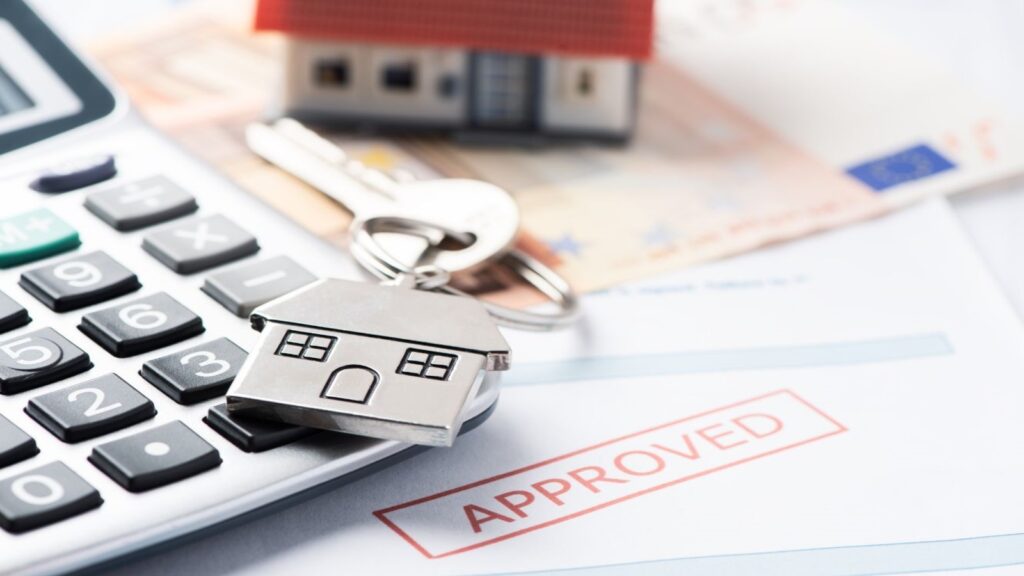Determining how much house you can afford is one of the most crucial steps in the home-buying process. With many factors to consider, it’s about more than just calculating your income against the price of a house. Lenders use various metrics to assess affordability, such as debt-to-income ratios, down payment amounts, and credit scores, while buyers must also take into account personal spending habits and long-term financial goals. A realistic understanding of your purchasing power ensures that your investment remains manageable, setting the foundation for both financial stability and peace of mind.

Evaluating Your Income and Budget
Your monthly income sets the baseline for understanding what you can comfortably spend on a mortgage. Lenders generally recommend allocating no more than 28% of your gross monthly income toward housing costs, including mortgage payments, property taxes, homeowners insurance, and private mortgage insurance (PMI) if applicable. For example, if you earn $6,000 per month, housing expenses should stay around $1,680.
Beyond housing, your overall budget must align with personal spending needs. Non-housing obligations such as car payments, student loans, groceries, and savings goals must fit within your financial framework. It’s essential to track both fixed and variable expenses to understand where adjustments might be necessary. Creating a balanced budget early in the process offers clarity on what your financial limits look like in practice.
While lenders assess eligibility based on gross income, reviewing your net income—what you take home after taxes—will provide a more realistic picture. This practice prevents overextending yourself, especially when unexpected expenses or lifestyle changes occur. Being clear on your numbers ensures that both your loan pre-approval and personal spending goals remain aligned.
Understanding Debt-to-Income Ratios
Lenders closely examine debt-to-income (DTI) ratios to determine affordability. Your DTI compares total monthly debt payments to your gross income, typically expressed as a percentage. Two main types of DTI influence loan approval: the front-end ratio, which focuses on housing-related expenses, and the back-end ratio, which includes all debt obligations.
Most lenders prefer a front-end DTI of no more than 28% and a back-end DTI of 36% or lower. If your debts exceed these thresholds, securing a mortgage might become challenging, or you may qualify for a smaller loan amount. For instance, if your total debt obligations reach 40% of your monthly income, you might need to reduce existing debt or reconsider the home price range you are targeting.
It’s beneficial to reduce high-interest debt before applying for a mortgage, as this improves your back-end DTI and increases the likelihood of approval. Additionally, less debt means you’ll free up more cash for other home-related expenses, such as furnishing, maintenance, and emergency repairs. Evaluating your DTI early helps streamline the approval process while ensuring long-term financial comfort.
Planning for a Down Payment and Closing Costs
The size of your down payment directly influences how much house you can afford. While conventional loans typically require 20% down to avoid private mortgage insurance (PMI), there are options with as little as 3-5% down. However, a smaller down payment increases monthly mortgage costs due to PMI premiums and higher loan balances.
A larger down payment reduces the loan amount, resulting in lower monthly payments and less interest over time. It can also enhance your chances of loan approval by demonstrating financial preparedness to lenders. If saving for a 20% down payment seems out of reach, consider state and federal programs offering down payment assistance or grants for first-time buyers.
Beyond the down payment, don’t overlook closing costs, which typically range between 2% and 5% of the home’s purchase price. These costs cover fees for appraisals, title insurance, inspections, and other essential services. Factoring in both the down payment and closing costs ensures you won’t face financial strain at the closing table.
Considering Interest Rates and Loan Terms
Interest rates play a significant role in determining your monthly payment and the total cost of your home loan. Even small fluctuations in rates can impact affordability over time. For example, a 0.5% increase in the interest rate could raise your monthly payment by hundreds of dollars, depending on your loan amount. Monitoring market trends and locking in a favorable rate at the right time can make a noticeable difference in long-term affordability.
In addition to rates, loan terms affect monthly payments and total interest paid over the life of the loan. A 30-year fixed-rate mortgage offers lower monthly payments but accumulates more interest, while a 15-year loan requires higher payments but builds equity faster and saves on interest. Exploring different loan products, such as adjustable-rate mortgages (ARMs) or government-backed loans, allows you to find a solution tailored to your financial situation.
Using mortgage calculators to test different scenarios—such as comparing fixed and adjustable rates or shorter versus longer terms—will provide insight into how each option aligns with your budget. A strategic approach to loan selection ensures you remain confident in your ability to afford the home comfortably over time.
Factoring in Ongoing Costs of Homeownership
Homeownership comes with ongoing expenses beyond the mortgage payment. Property taxes, homeowners’ insurance, and potential homeowners association (HOA) fees are just a few costs that can add up quickly. These recurring expenses vary by location and property type, so it’s essential to research estimated amounts in your target area.
Routine maintenance and repairs are other important factors. A common rule of thumb suggests setting aside 1-3% of your home’s value annually for maintenance. For instance, if your home is worth $300,000, budgeting between $3,000 and $9,000 per year ensures you’re prepared for repairs and upkeep. Emergencies such as a broken HVAC system or a roof replacement can also arise, making an emergency fund vital.
Utilities, including electricity, water, and gas, will affect your monthly cash flow as well. If you’re moving from a rental or smaller property, the shift in utility expenses may be more than expected. Preparing for these ongoing expenses ensures you’re fully aware of the financial responsibilities that come with homeownership, leaving room for both planned and unplanned costs.
The Impact of Your Credit Score on Affordability
Your credit score affects not only your eligibility for a mortgage but also the interest rate you qualify for. Borrowers with higher credit scores typically receive lower interest rates, reducing their monthly payments and overall loan costs. On the other hand, those with lower credit scores may face higher rates, which can limit their purchasing power.
Reviewing your credit report and correcting any errors before applying for a mortgage can improve your score. Additionally, paying down credit card balances and avoiding new debt helps raise your score over time. If your credit history needs improvement, working on it a few months before house hunting can expand your financing options and secure more favorable loan terms.
Lenders also consider credit history length and payment consistency, so maintaining on-time payments and avoiding delinquent accounts strengthens your application. Preparing your credit profile not only improves your chances of approval but also allows you to afford more house with lower financing costs.
Exploring Different Loan Types and Programs
There are several loan types and programs available to match different financial situations, making it important to explore your options carefully. Conventional loans are popular for buyers with strong credit and significant down payments, while FHA loans offer more flexibility with lower down payment requirements, ideal for first-time buyers or those with moderate credit.
Other programs include VA loans for eligible veterans and USDA loans for buyers in rural areas. These government-backed loans often feature more lenient credit requirements and lower interest rates, though some have specific eligibility criteria. Comparing loan products allows you to choose the option that best suits your needs and financial goals.
Many lenders offer pre-approval, which helps define your budget early by providing an estimate of how much house you can afford. Getting pre-approved signals to sellers that you are a serious buyer potentially giving you an edge in competitive markets. Being informed about different loan types ensures you find financing tailored to your circumstances.
Ready to Take the Next Step? Contact Me Today
Knowing how much house you can afford involves careful planning, from assessing your income and debt to choosing the right loan and accounting for long-term costs. Every buyer’s financial situation is unique, which is why expert guidance is so valuable. When you’re ready to explore your options and find the right home within your budget, get in touch. Together, we can make sure you move forward with confidence.
